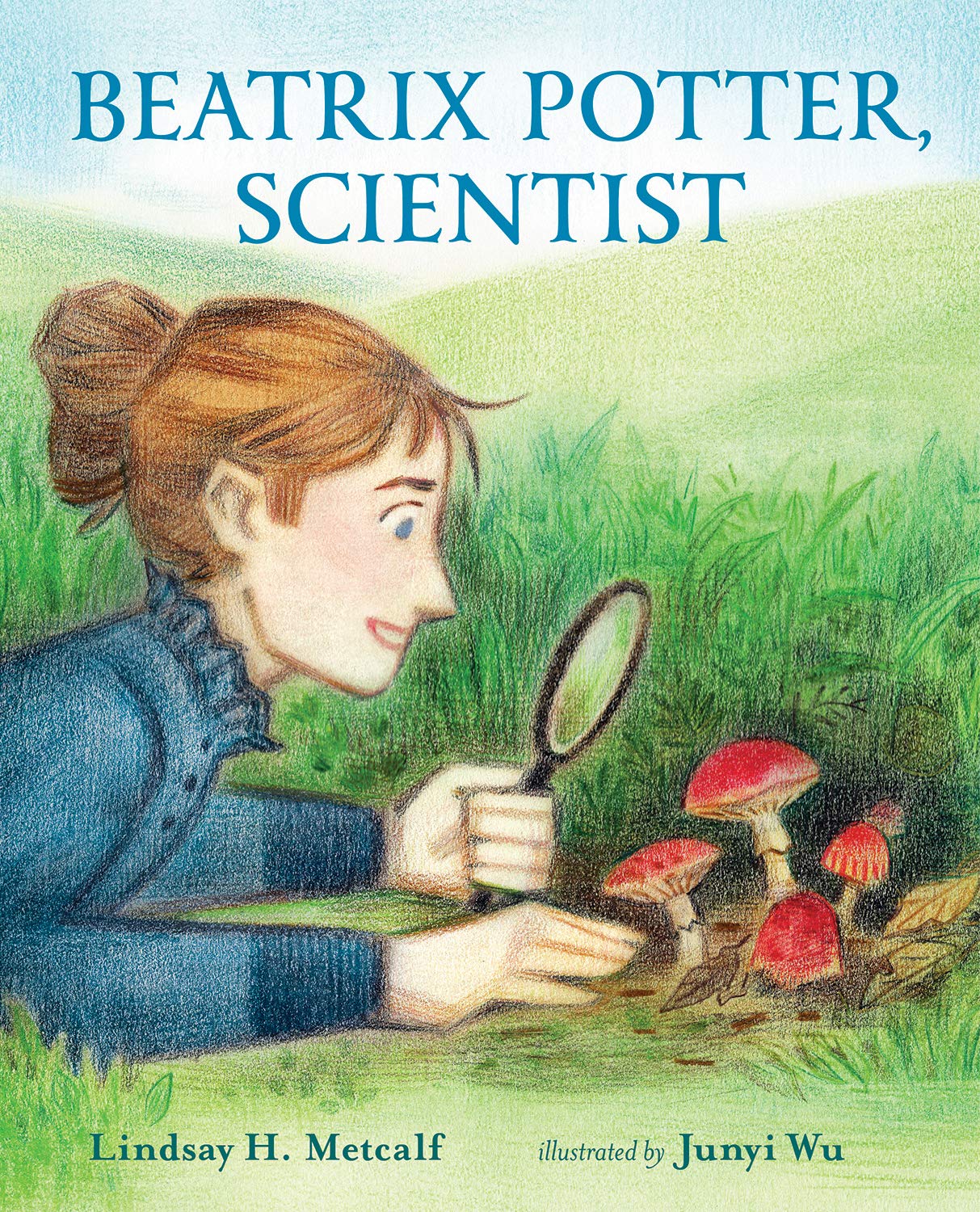2018 School Spending Survey Report
Beatrix Potter, Scientist
Albert Whitman.
(She Made History).
Sept. 2020.
32p.
Tr $16.99. ISBN 9780807551752.
COPY ISBN
VERDICT Celebrating how Potter’s talents and interests informed each other, this inviting biography illuminates an unfamiliar aspect of an accomplished woman’s life.
ALREADY A SUBSCRIBER? LOG IN
We are currently offering this content for free. Sign up now to activate your personal profile, where you can save articles for future viewing





Be the first reader to comment.
Comment Policy:
Comment should not be empty !!!